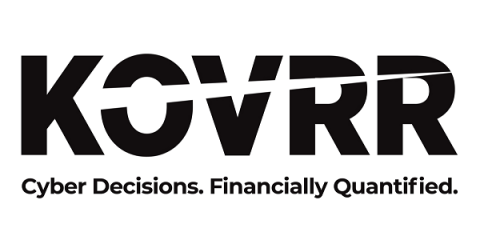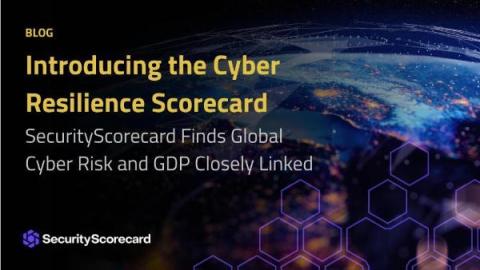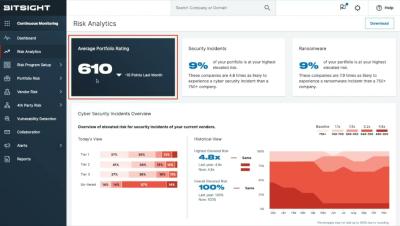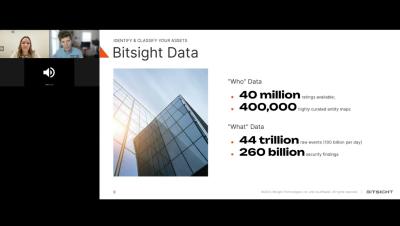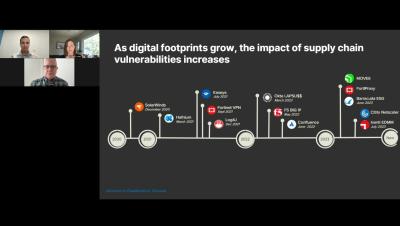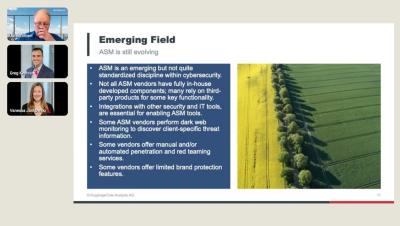How To Calculate Cybersecurity ROI and Communicate It to Executives
Organizational leaders have generally viewed cybersecurity as a costly yet essential business function and recognize that Chief Information Security Officers (CISOs) and other cyber leaders make strategic decisions to safeguard the company's digital assets. Still, until recently, these higher-level executives have never sought to make sense of the technical cyber activities in a broader business context, believing their value to be too complex to discern.


